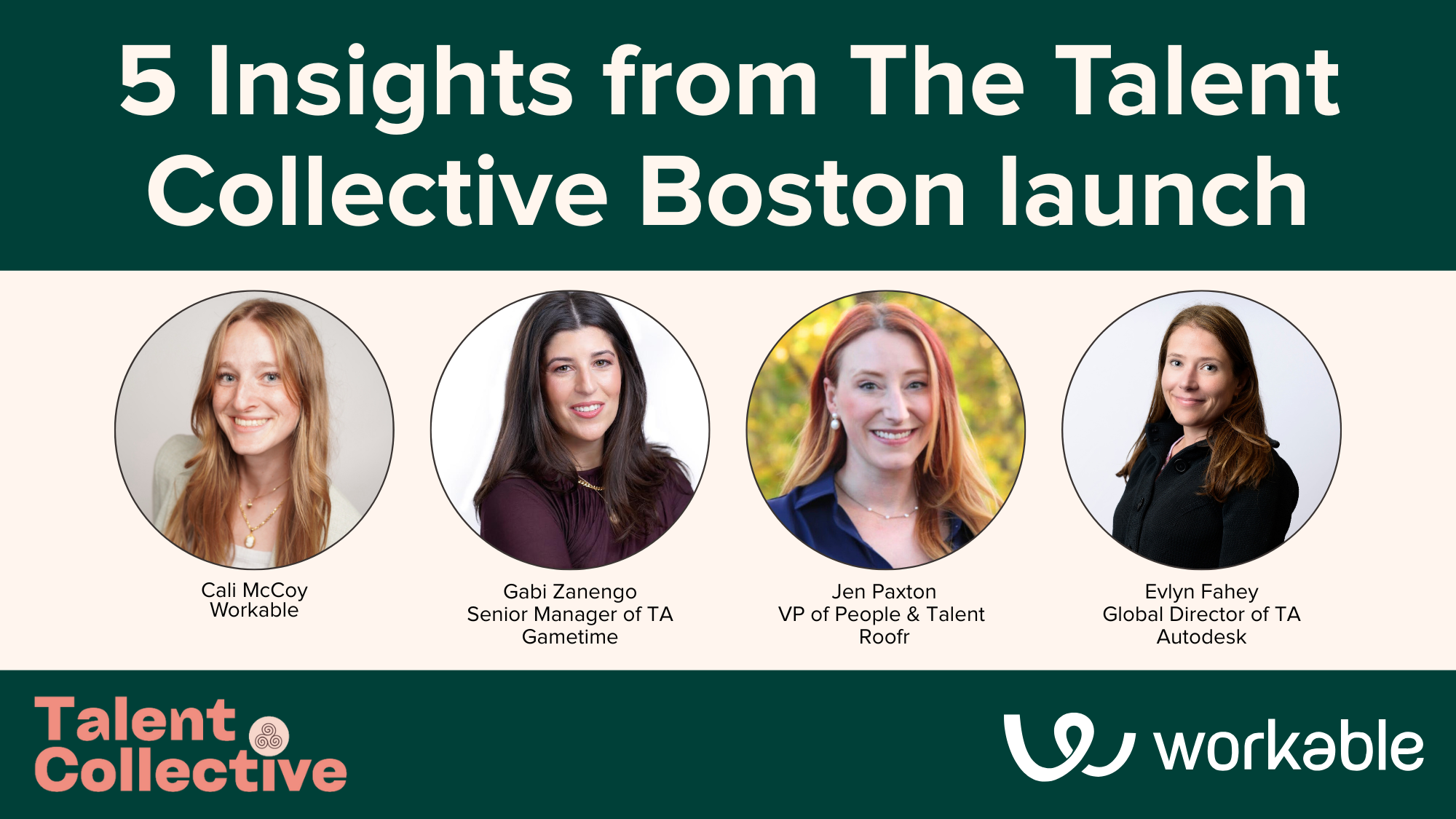The problem with hiring for ‘culture fit’

Culture fit is trending again—but not in a good way.
In the 70s, organizational psychologist John Morse conducted an experiment on company culture fit and found that workers whose personalities matched their jobs felt more confident about their job performance. In the 90s, hiring for culture fit hit the mainstream. Southwest Airlines famously screened job candidates based on their willingness to provide offbeat, fun experiences for passengers.
Today, the concept of corporate culture fit has been flipped on its head, as the public continues to scrutinize the lack of diversity in the tech industry. Instead of being a strategy for hiring and keeping talented people, culture fit is often seen as a convenient way of discriminating against otherwise qualified people. Of course, employment discrimination isn’t new to our times. But we have a lot of new outlets to talk about it.
“Culture fit” craze is turning tech from innovators to ideological fiefdoms https://t.co/hUEo48xbAQ
— Peter EG (@pevansgreenwood) August 7, 2016
i hear all the time companies interview for "culture fit". i think that's part of the problem. maybe you should hire for "culture shakeup".
— (inactive account) (@getifyX) July 16, 2016
“Culture fit is a means to keep people out of a protected and privileged circle, rather than to protect that circle’s values,” writes Mathias Meyer, CEO of Travis CI. Programmer Shanley Kane wrote an essay along the same lines. According to Kane, “we make sure to hire for cultural fit,” really means:
“We have implemented a loosely coordinated social policy to ensure homogeneity in our workforce. We are able to reject qualified, diverse candidates on the grounds that ‘they aren’t a culture fit’ while not having to examine what that means.”
When companies do it right, hiring for culture fit results in employees who fit their role, work well with their colleagues and share their company’s sense of purpose. Culture fit contributes to approximately half the variance of overall job satisfaction. And, most job candidates see culture fit as a top consideration when choosing an employer.
However, misusing and misunderstanding culture fit has consequences. Jobseekers, especially the largest, most diverse generation in the workplace (millennials), seek a diverse workplace with a thriving culture. When culture fit criteria emphasize a hiring manager’s personal enjoyment or reflect bias, candidates notice and spread the word. This can discourage entire groups of qualified people from applying and undermine a company’s efforts to reap the benefits of a diverse and inclusive culture.
What “not a culture fit” reveals
When hiring managers and recruiters say that a candidate is “not a culture fit,” what does it really mean? If a hiring team frequently uses the two most common objections below, they’re probably using culture fit as a mask for employment discrimination. Are their objections based on skills and qualifications? Do they reveal bias towards candidates from different cultures or social classes? Are they based on how well people will work together, or how well people will play together?
“Lack of relevant experience”
In some cases, candidates are truly unprepared to succeed in a role, particularly if the role requires specific hard skills and experience. In other cases, “being one of us” translates into having a specific academic pedigree, or belonging to the “smartest” group of people without having a quantifiable metric for smarts.
In our interview with interviewing.io’s Aline Lerner, she notes that “lack of relevant experience” is the number one reason for rejecting candidates’ resumes, but that it’s often a euphemism for “I don’t think this candidate is smart enough.” There are more reliable skills assessments than going to ‘the right’ schools or working at ‘the right’ companies. Hiring standards should be objective and measurable, not a mythical bar that can be raised or lowered at will.
The “lack of relevant experience” objection has variants. See: “lowering the bar” and “lowering our standards.”
“Not someone I would grab a drink with”
Questions like “Star Wars or Star Trek?” or “where do you vacation in the summer?” seem like a harmless way to get a sense of someone’s personality. It’s one thing if you work for a museum and are recruiting people who are passionate about art history. It’s something else entirely when you don’t work for a distillery but will hire someone based on a shared love for “sipping single-malt Scotches in the Highlands.”
“I’m not interested in ping-pong, beer, or whatever other gimmick used to attract new grads,” writes Kaya Thomas, a rising senior majoring in computer science at Dartmouth College. “The fact that I don’t like those things shouldn’t mean I’m not a ‘culture fit.’ …I want to create amazing things and learn from other smart people. That is the culture fit you should be looking for.”
When colleagues can be friends outside of work, it’s a happy bonus. But too often hiring morphs into looking for playmates instead of colleagues. This approach reveals class and personality biases. For companies with mission statements that boast about “making a difference” or “changing the world,” this is especially not a good look. Leveling the playing field for equally qualified but less privileged candidates? That’s change.
Consider ‘cultural contribution’
We’ve sung the praises of cultural sameness. Colleagues who share a similar approach to work can make happier, more productive teams. Think of diplomatic people-pleasers at a hotel who will go the extra mile to resolve a conflict or make someone’s day. Or healthcare professionals who stay calm under pressure, even in medical emergencies. However, when it comes to building a product or creating a five-year plan, too much sameness can lead to an echo chamber of bad decisions.
The philosophy of hiring for culture fit doesn’t acknowledge how a different point of view can raise the performance of an entire team. A study from Columbia Business School reports that diverse teams make better decisions, deliver greater financial returns and change how individuals think.
At AT&T’s research lab, the best researchers were not those who fit their original profile of “the best and brightest” hires. Their stars turned out to be the people plugged into the most diverse networks. According to the Harvard Business Review’s Alex Pentland:
“Middling performers saw the world only from the viewpoint of their jobs and limited their social learning to people in similar roles. Stars, on the other hand, reached out to people from a broader set of work roles, so they understood the perspectives of customers, competitors and managers.”
In this light, it makes sense to think about “culture add,” or what a person can bring to a team instead of how they can blend in. What training, skills, perspectives and ideas will boost creativity, drive constructive conflict and lead to well-reasoned decisions? Cultural fit is one side of the coin, cultural contribution is the other.




